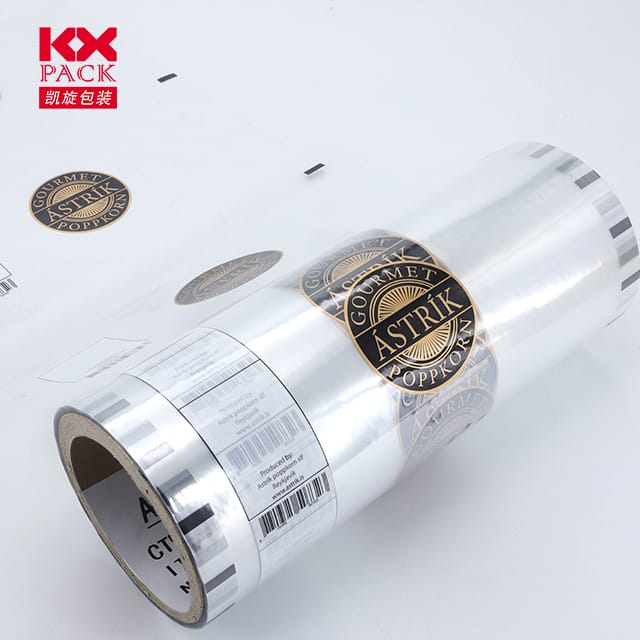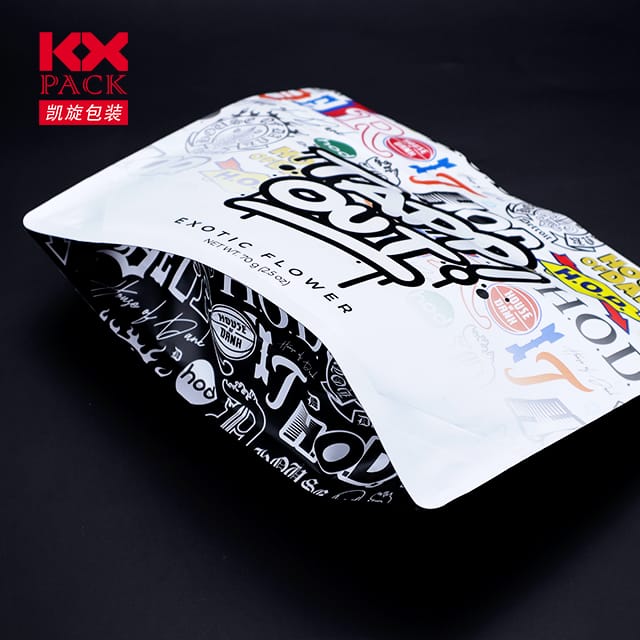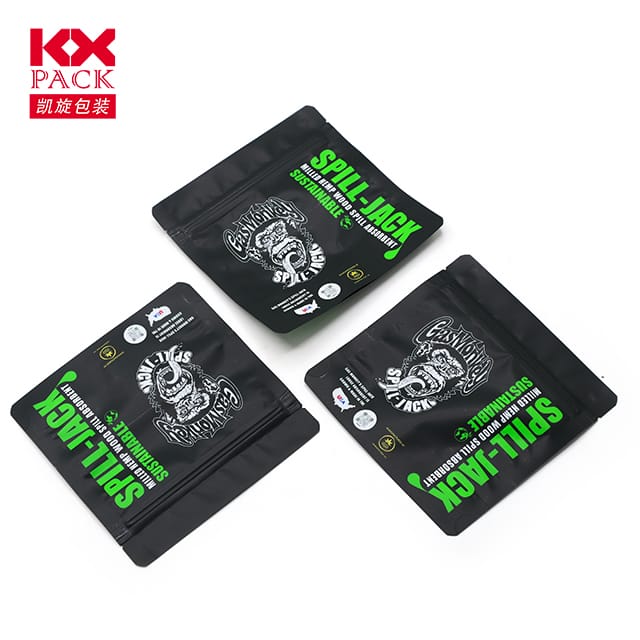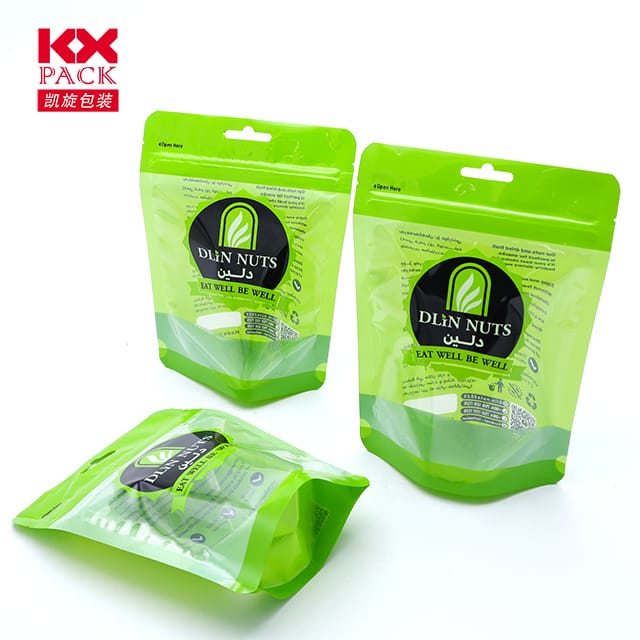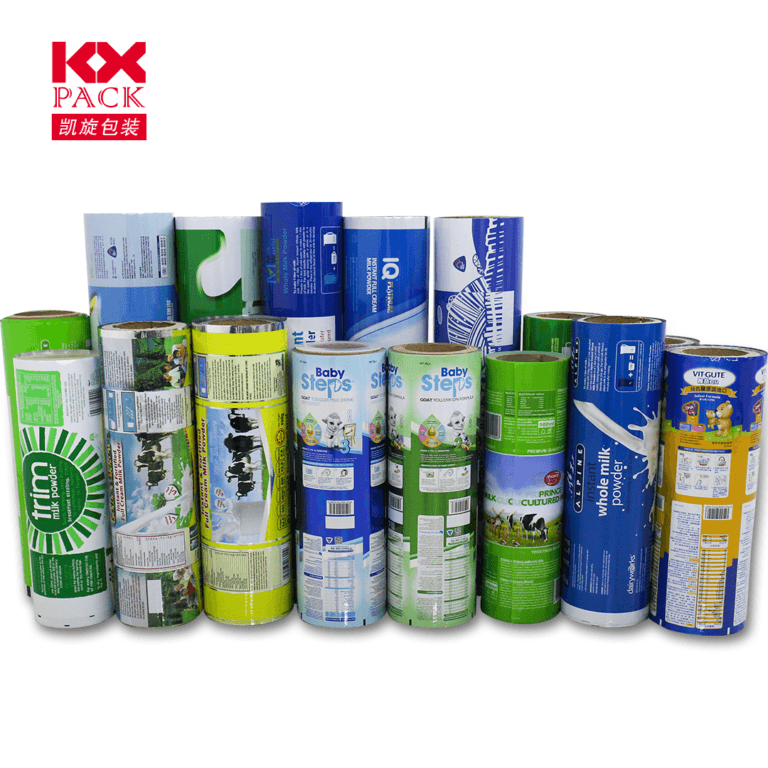Ang synergy ng sealing film, PET, at CPP: Mga Innovations sa Flexible Packaging
Pagtatatak na Pelikula
In the world of packaging, Ang paghahanap para sa tibay, pagpapanatili, At ang pag -andar ay hindi tumitigil. Among the unsung heroes of this industry aresealing films, PET (Polyethylene Terephthalate), atCPP (Cast polypropylene)-Material na, Kapag pinagsama, Lumikha ng matatag na solusyon para sa pagkain, mga pharmaceutical, mga pampaganda, at lampas pa. I -unpack kung paano nagtutulungan ang mga sangkap na ito upang muling tukuyin ang modernong packaging.
Pagtatatak na Pelikula: The Guardian of Freshness
Sealing films are the first line of defense in preserving product integrity. Whether it’s keeping snacks crisp, medicines sterile, or electronics dust-free, these films create a barrier against moisture, oxygen, liwanag, and contaminants. Key features include:
- Heat Sealability: Ensures airtight closures, Pagpapalawak ng buhay sa istante.
- Puncture Resistance: Protects fragile contents during transit.
- Printability: Allows branding and product information to shine.
Modern sealing films often blend multiple polymers to balance cost, performance, and eco-friendliness—and that’s where PET and CPP come into play.
PET: The Strength and Clarity Champion
PET (Polyethylene Terephthalate) is a star player in packaging due to its:
- High Tensile Strength: Withstands stress without tearing.
- Transparency: Offers crystal-clear visibility for product display.
- Chemical Resistance: Ideal for food, mga inumin, and personal care items.
- Recyclability: A eco-conscious choice for brands aiming to reduce waste.
PET is commonly used inlidding films (Hal., yogurt cups, trays) attransparent blister packs, where clarity and strength are non-negotiable. When paired with sealing films, PET adds structural integrity while maintaining a premium look.
CPP: The Flexible, Heat-Resistant Workhorse
CPP (Cast polypropylene) shines in applications requiring flexibility and heat resistance. Unlike biaxially oriented polypropylene (Bopp), CPP is uniaxially stretched, giving it:
- Superior Sealability: Forms strong, leak-proof bonds even at high speeds.
- Softness and Flexibility: Conforms to irregular shapes without cracking.
- Low-Temperature Tolerance: Maintains performance in refrigerated or frozen environments.
CPP is a go-to forflow wraps (Hal., chocolate bars, mga inihurnong gamit), stand-up na mga supot, atmedical packaging, where durability and adaptability are critical.
The Perfect Trio: Combining PET, CPP, and Sealing Films
WhenPET, CPP, and sealing films are laminated or co-extruded, they create hybrid structures that leverage each material’s strengths:
- PET + Pagtatatak na Pelikula: Ideal for rigid trays or thermoformed packaging, where PET provides rigidity and the sealing film ensures a hermetic seal.
- CPP + Pagtatatak na Pelikula: Used in flexible packaging like snack bags or frozen food pouches, where CPP’s flexibility and heat resistance meet the sealing film’s barrier properties.
- PET + CPP + Pagtatatak na Pelikula: A trifecta for high-performance applications (Hal., retort pouches for ready-to-eat meals), offering strength, kakayahang umangkop, and sterilization compatibility.
Innovations Driving the Future
The packaging industry is constantly evolving, with advancements like:
- Bio-Based Alternatives: PET and CPP variants made from renewable resources (Hal., sugarcane-based polyethylene) reduce reliance on fossil fuels.
- Smart Packaging: Integrating sensors or QR codes into sealing films for real-time freshness tracking.
- Lightweighting: Thinner yet stronger laminates reduce material use without compromising performance.
- Recyclability: Mono-material structures (Hal., all-PET or all-PP laminates) simplify recycling streams.
Challenges and Considerations
Sa kabila ng kanilang mga pakinabang, these materials face hurdles:
- Gastos: High-performance films can be pricier than traditional options.
- Recycling Complexity: Multi-layer laminates (Hal., PET/CPP/aluminum) are harder to recycle than single-material structures.
- Regulatory Compliance: Meeting food-safety standards and environmental regulations requires rigorous testing.
Gayunpaman, brands and manufacturers are rising to the challenge by investing insustainable innovations atcircular design principles.
Konklusyon: Packaging Reimagined
The synergy betweensealing films, PET, at CPP is a testament to how material science can solve real-world problems. From extending shelf life to reducing waste, these technologies empower brands to deliver products safely, sustainably, and stylishly.
As consumers demand greener choices and smarter packaging, the future will likely see even more collaboration between materials engineers, designers, and recyclers. The goal? To create packaging that’s as kind to the planet as it is to the products it protects.
What’s your perspective? How do you think packaging materials will evolve in the next decade? Share your insights below! 🌍📦🔒
Mga keyword: sealing film, PET, CPP, flexible packaging, sustainable packaging, food preservation, material innovation


